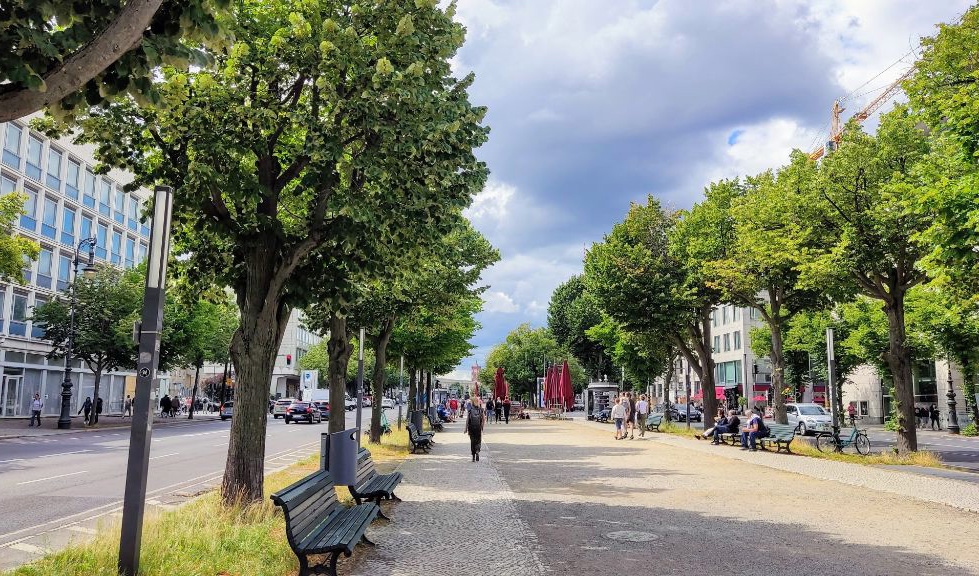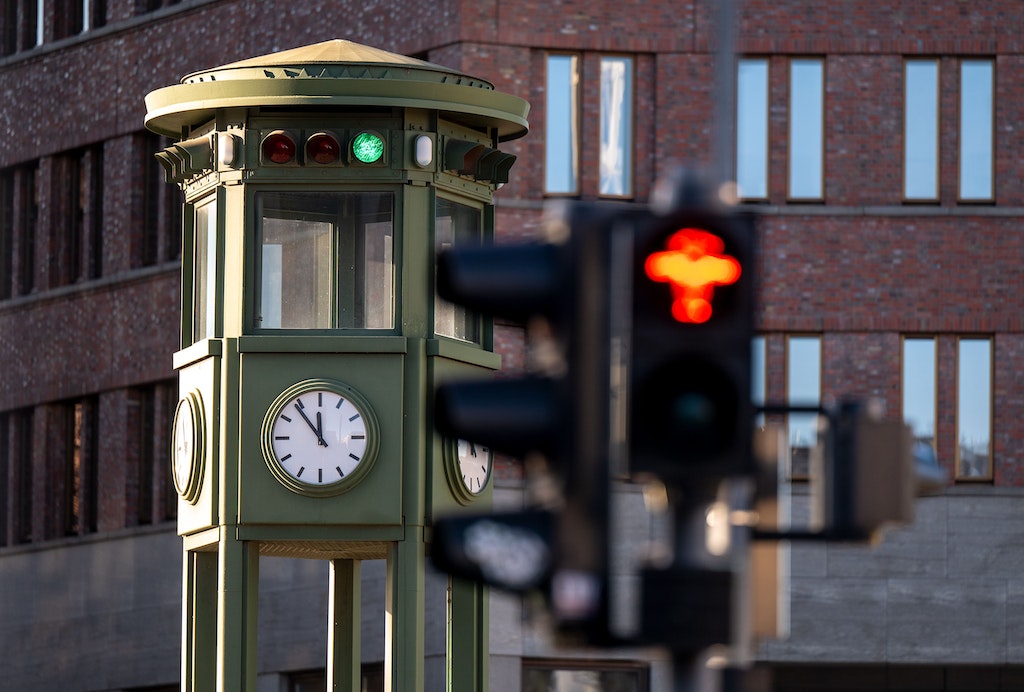Potsdamer Platz / Hist. Ampel Berlin
Audio Guide Potsdamer Platz / Hist. Ampel
Potsdamer Platz is a historic square in Berlin with a rich and interesting history. This square was one of the liveliest and most prestigious squares in Berlin before the destruction during World War II. In the post-war years, the square became a part of divided Berlin, located on the border between the eastern and western parts of the city.
After the fall of the Berlin Wall and the reunification of Germany, Potsdamer Platz underwent extensive reconstruction. Today, it is a modern commercial and business district with skyscrapers and shopping centers.
The square serves as a hub for cultural and entertainment events. Here, you can find cinemas, restaurants, museums, and music venues.
Potsdamer Platz is associated with numerous stories and legends, especially from the Cold War period and the division of the city. This place symbolizes the past and future of Berlin, attracting tourists with its unique atmosphere.
In the vicinity of this square, you can find the famous pedestrian traffic light figure known as "Ampelmann." This symbolic character is featured on pedestrian traffic signals in Berlin, especially in former East Germany. This character, often referred to as "Ampelmann," has become an icon and symbol of Berlin and the former East Germany.
Ampelmann was introduced in former East Germany in 1961 and represented the standard pedestrian image in the city. His unique design, with a round head and a round body with arms, distinguishes him from more standard traffic light symbols. After the reunification of Germany, he became a popular cultural symbol and a nostalgic icon. Thanks to the efforts of nostalgic groups and activists, the traffic light was preserved and promoted as a symbol of former East Germany and its heritage. Today, you can see Ampelmann on traffic lights and in various souvenirs, cafes, and shops in Berlin.
Thus, Ampelmann is not only a traffic light symbol but also a cultural and historical symbol associated with the division and reunification of Germany, and it remains a popular figure in modern Berlin.
Other sights
-
Alexanderplatz
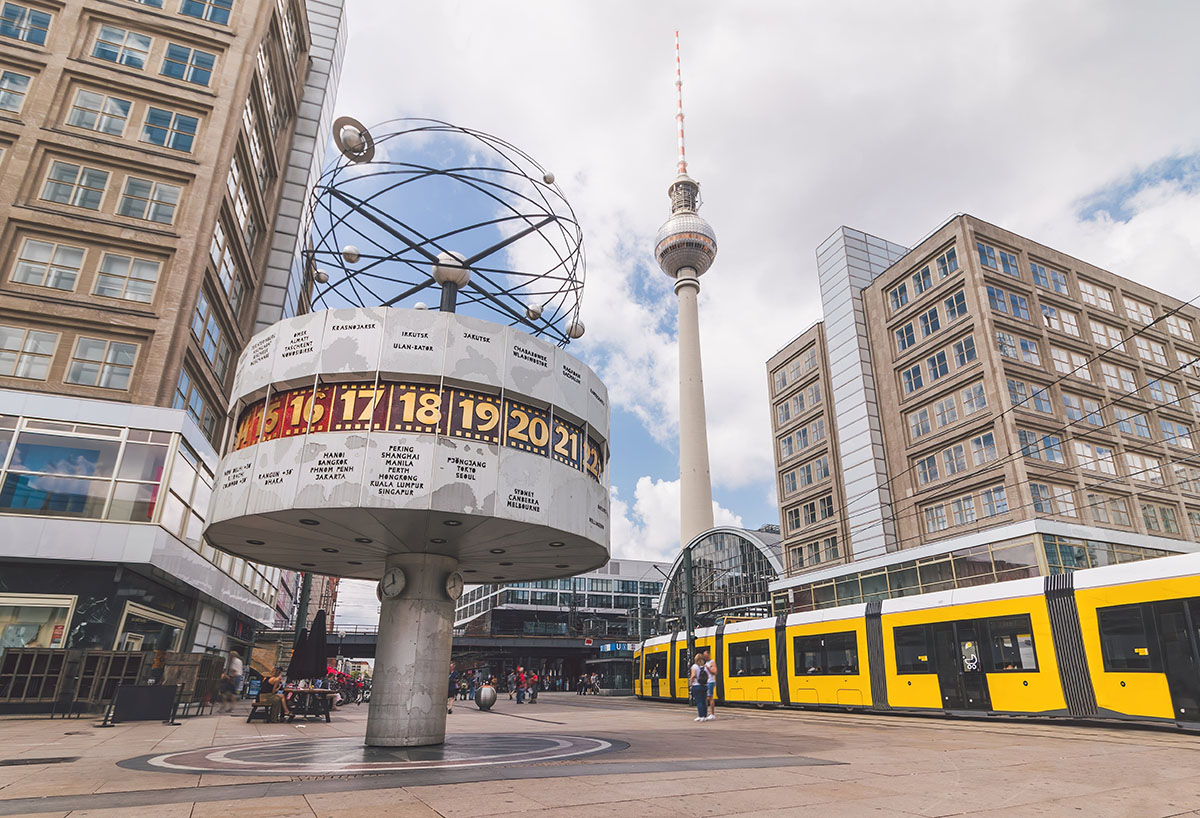
-
Berliner Mauer
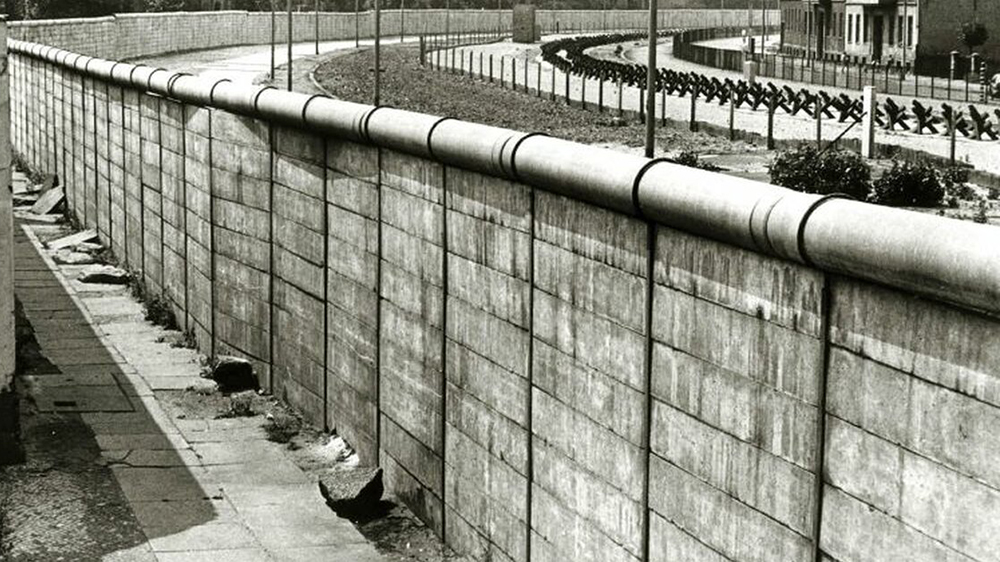
-
Brandenburger Tor
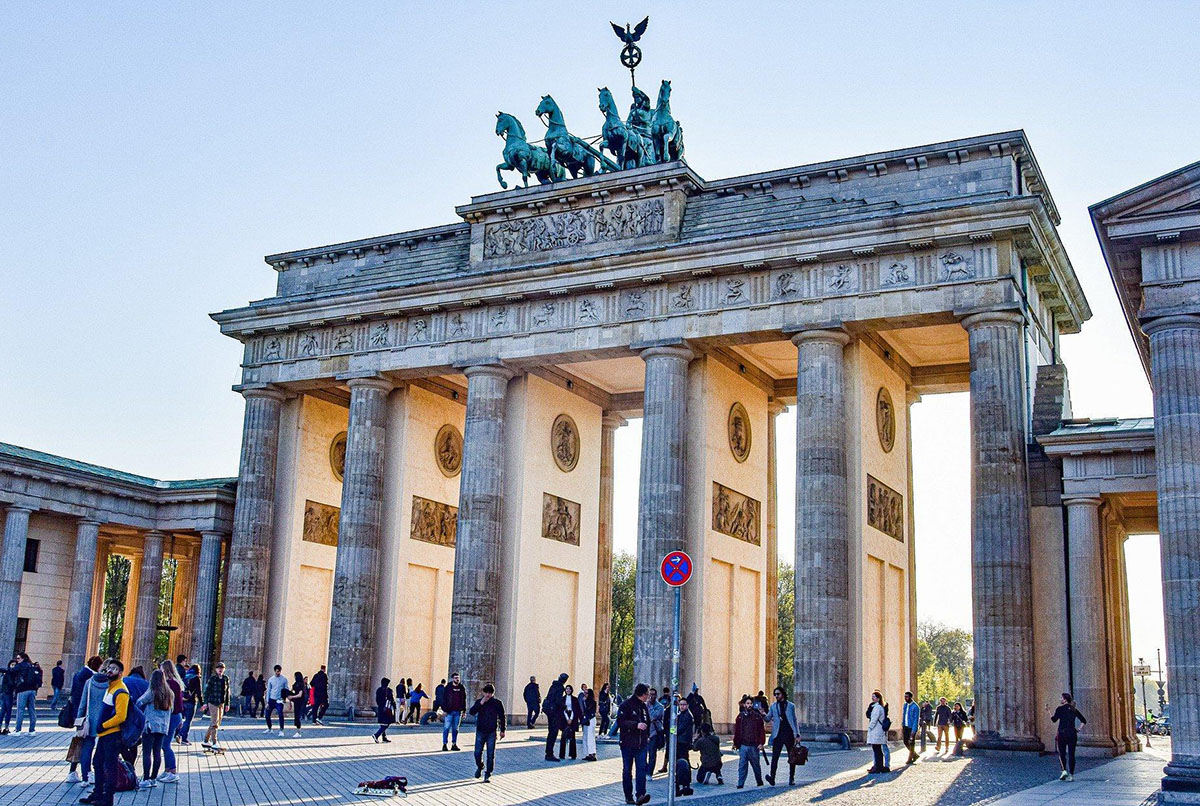
-
Checkpoint Charlie
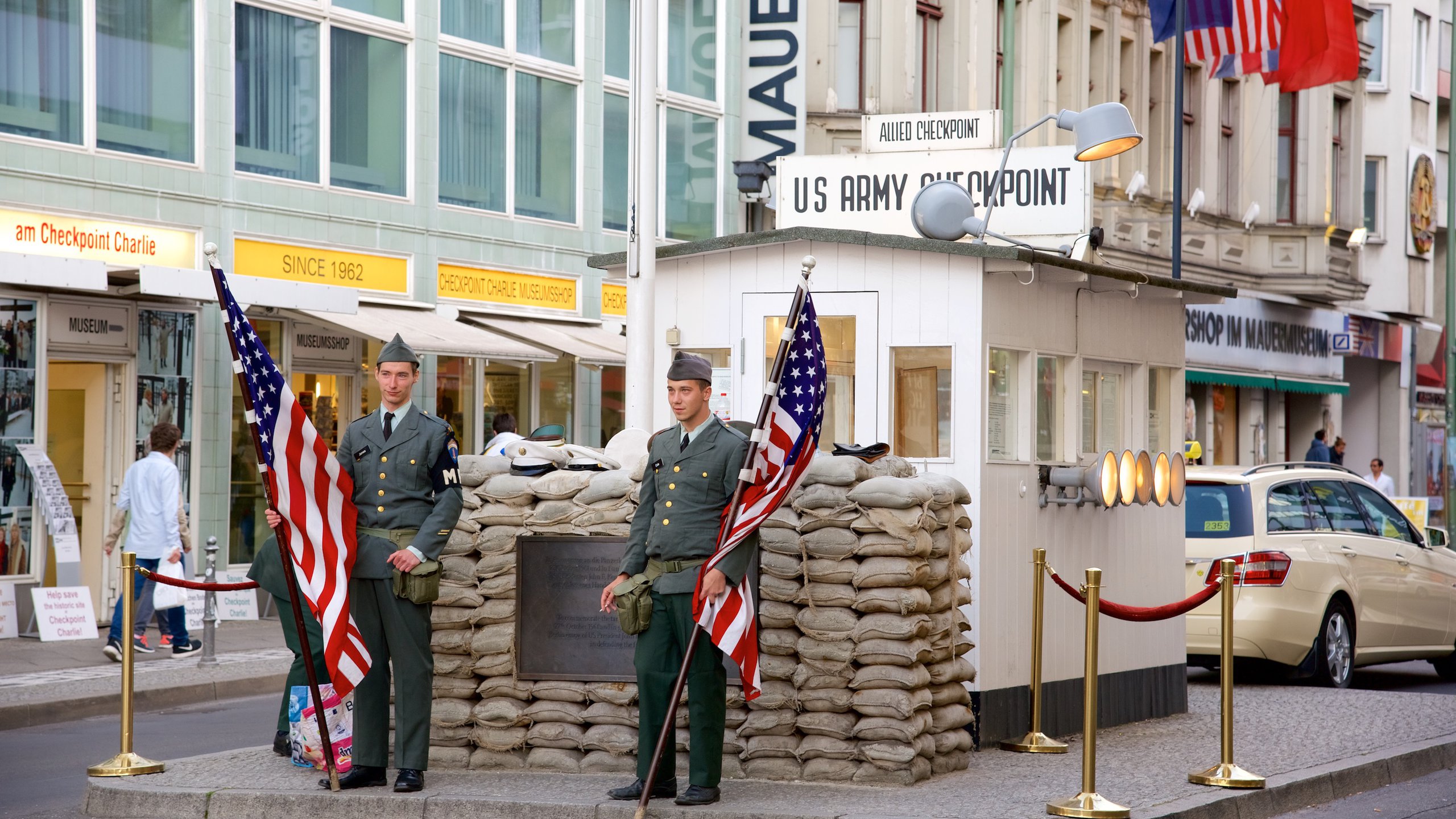
-
DomAquarée
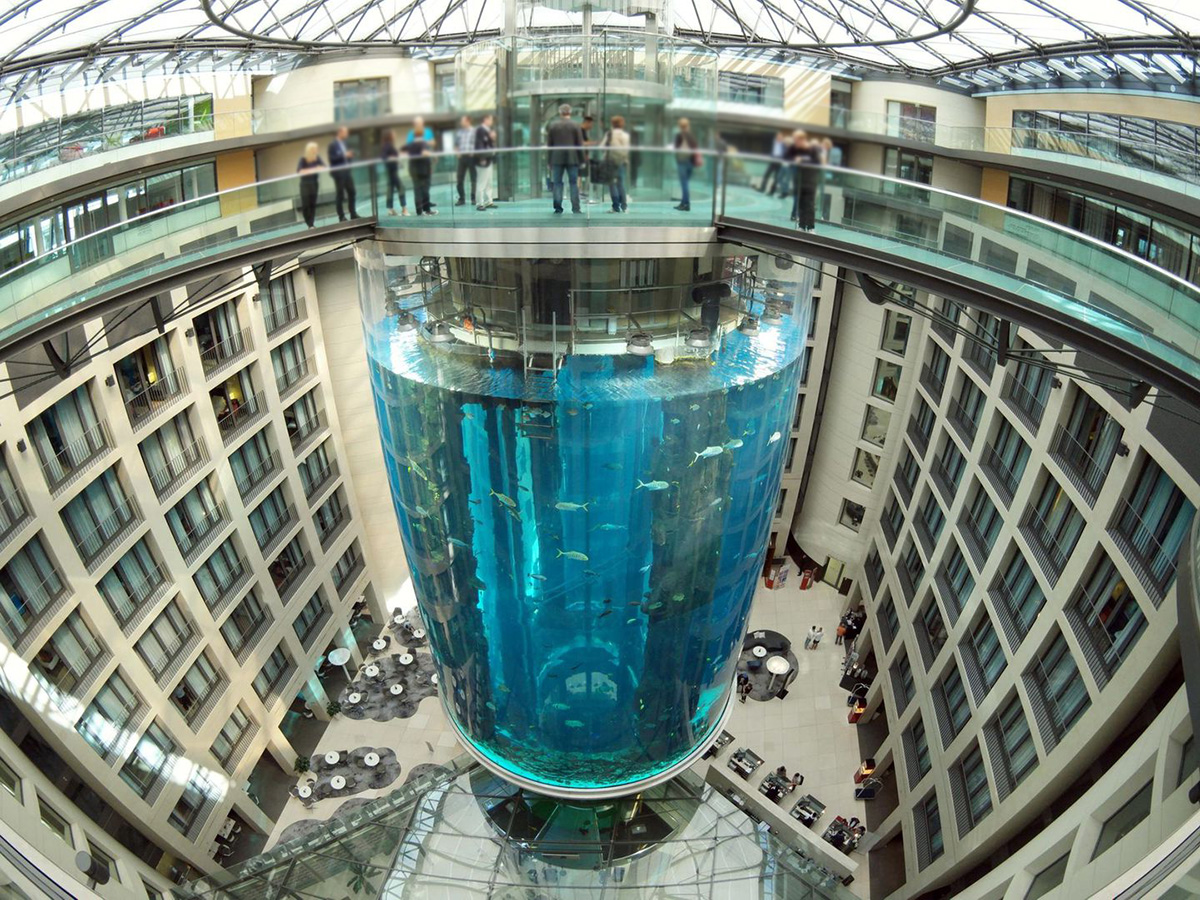
-
East Side Gallery

-
Elefantentor / Zoo
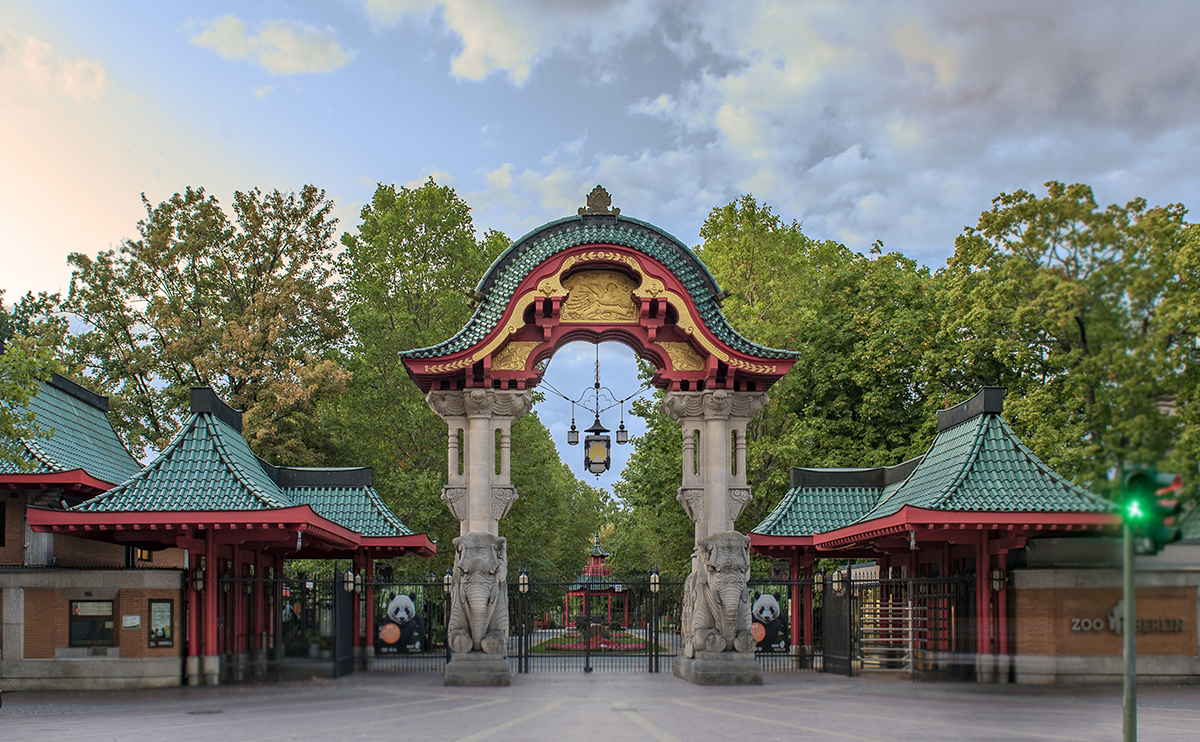
-
Friedrichstrasse
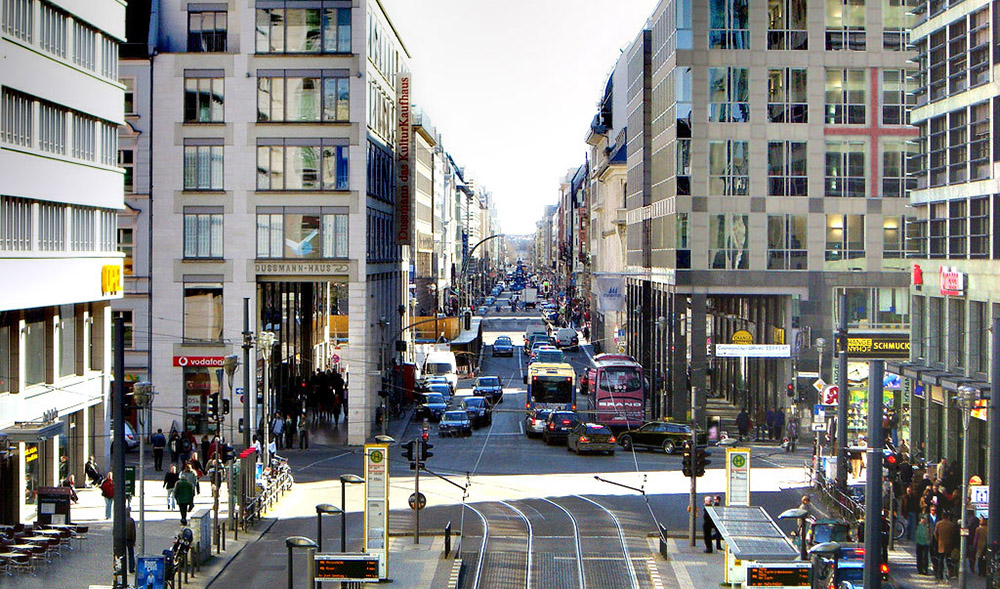
-
Gedächtniskirche / Rankestraße

-
Gendarmenmarkt

-
Gropius Bau
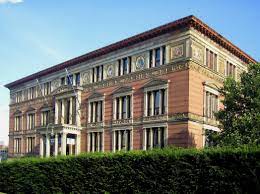
-
Hard Rock Café / Meinekestraße
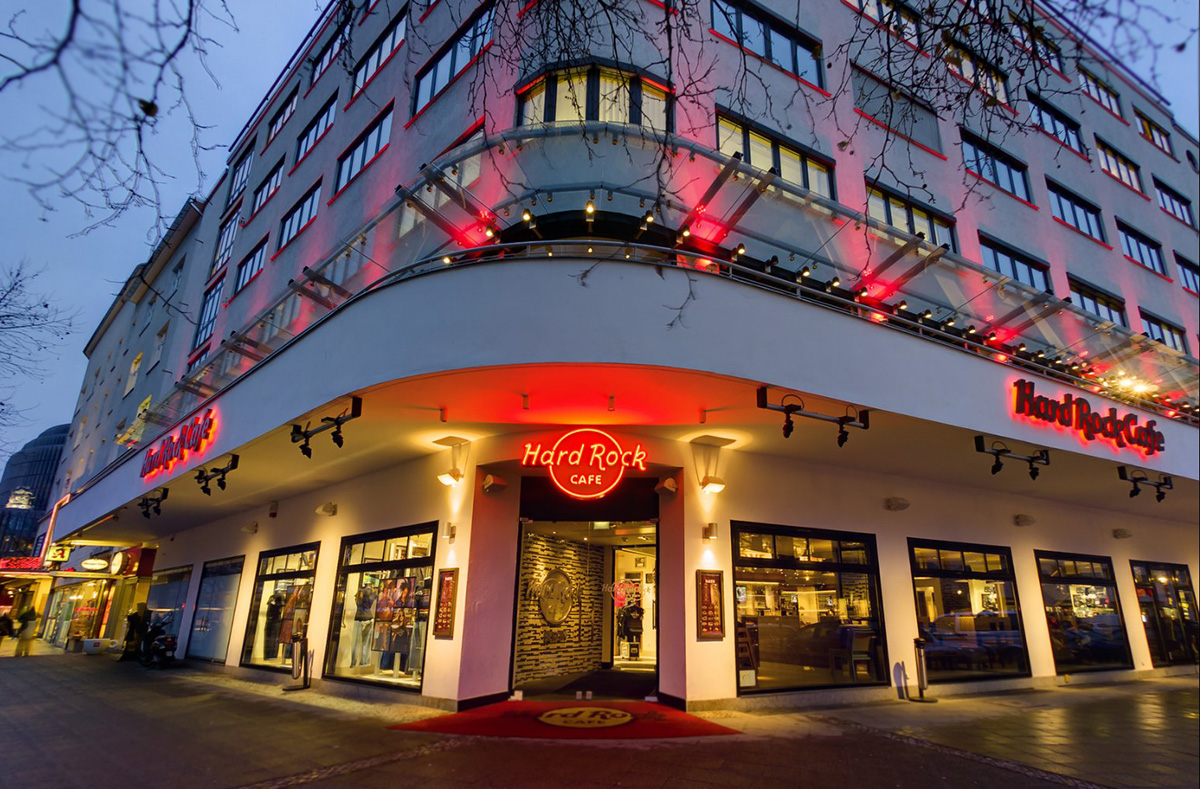
-
Hauptbahnhof
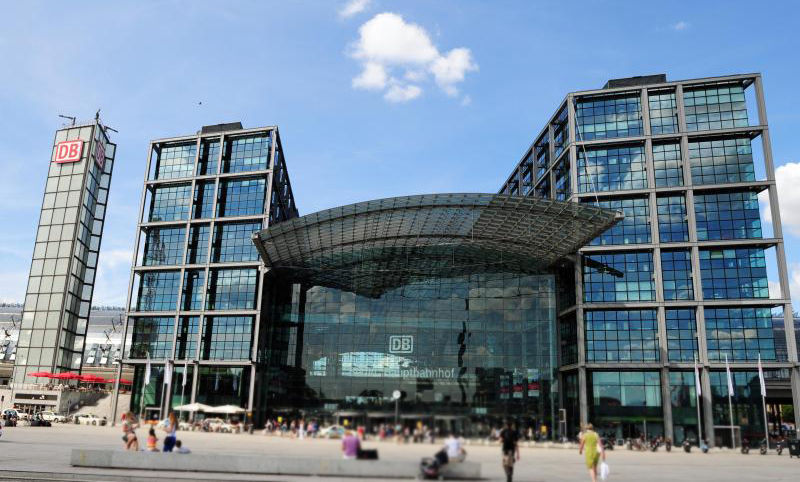
-
Haus der Kulturen der Welt
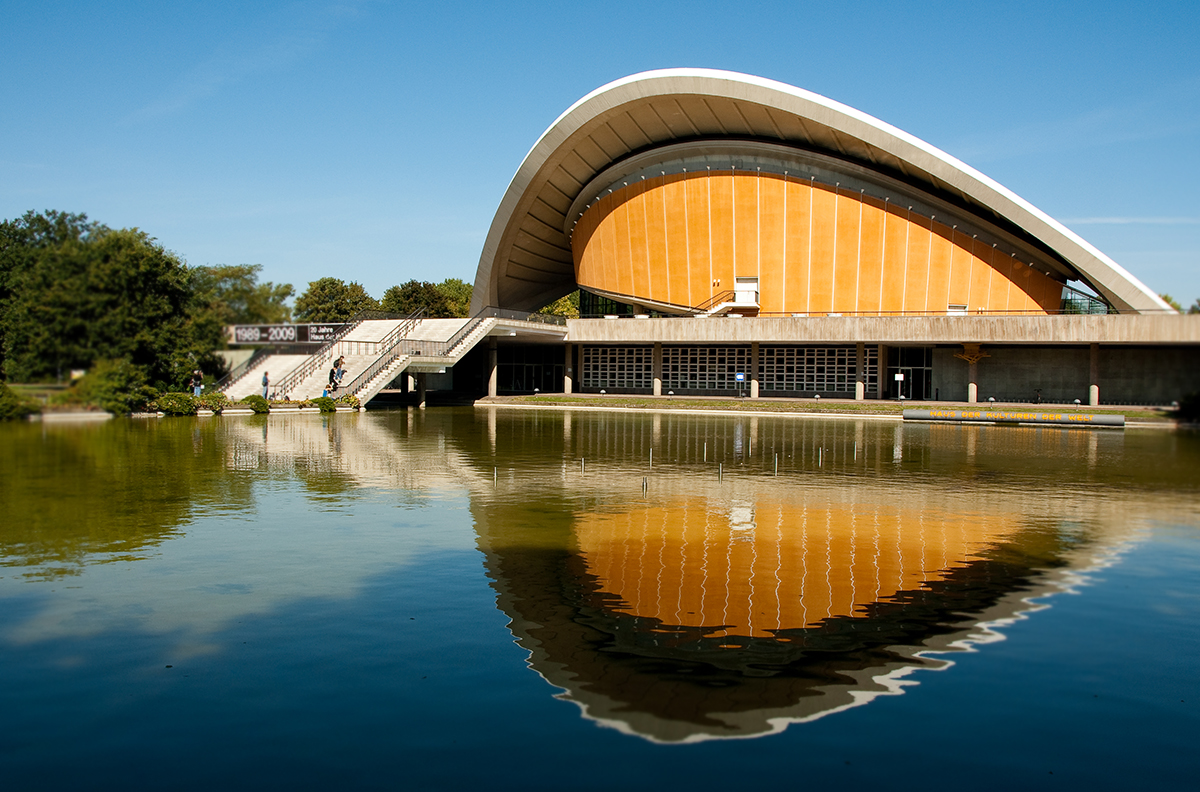
-
KaDeWe
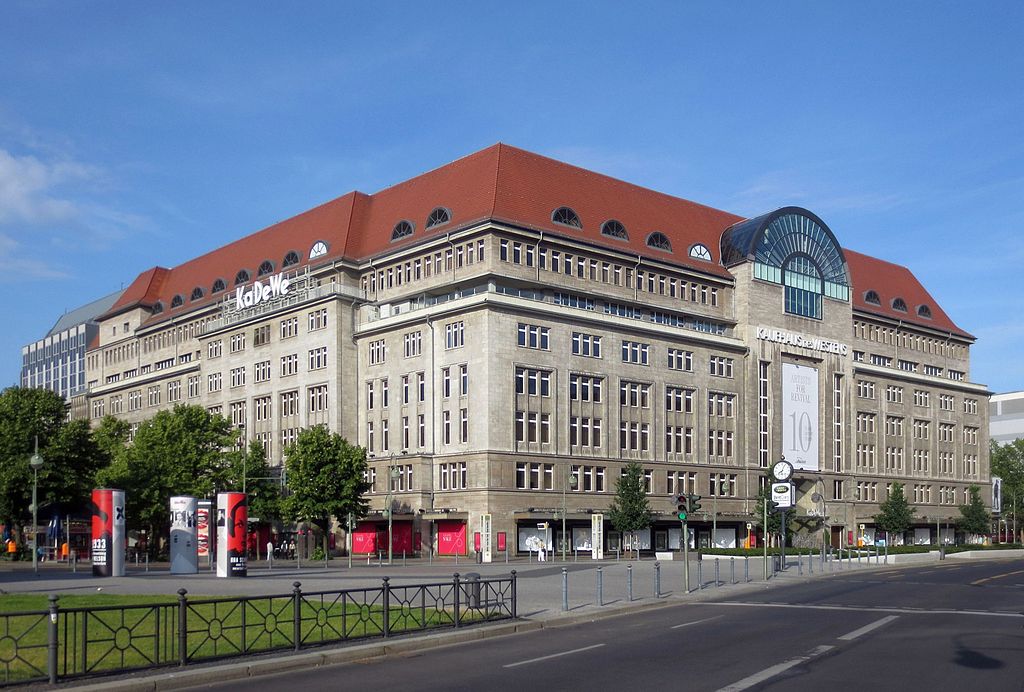
-
Karl-Marx-Allee
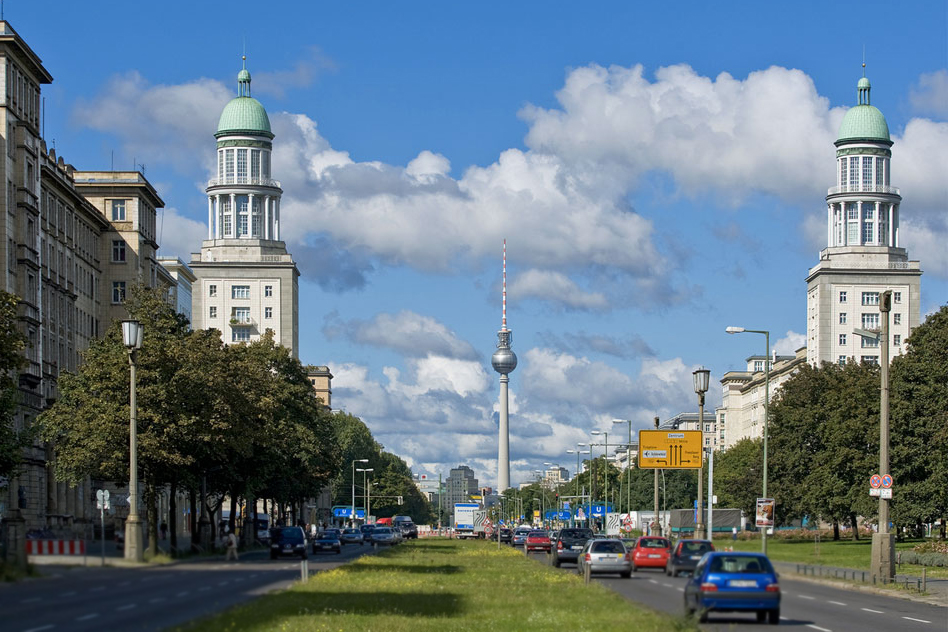
-
Kranzler
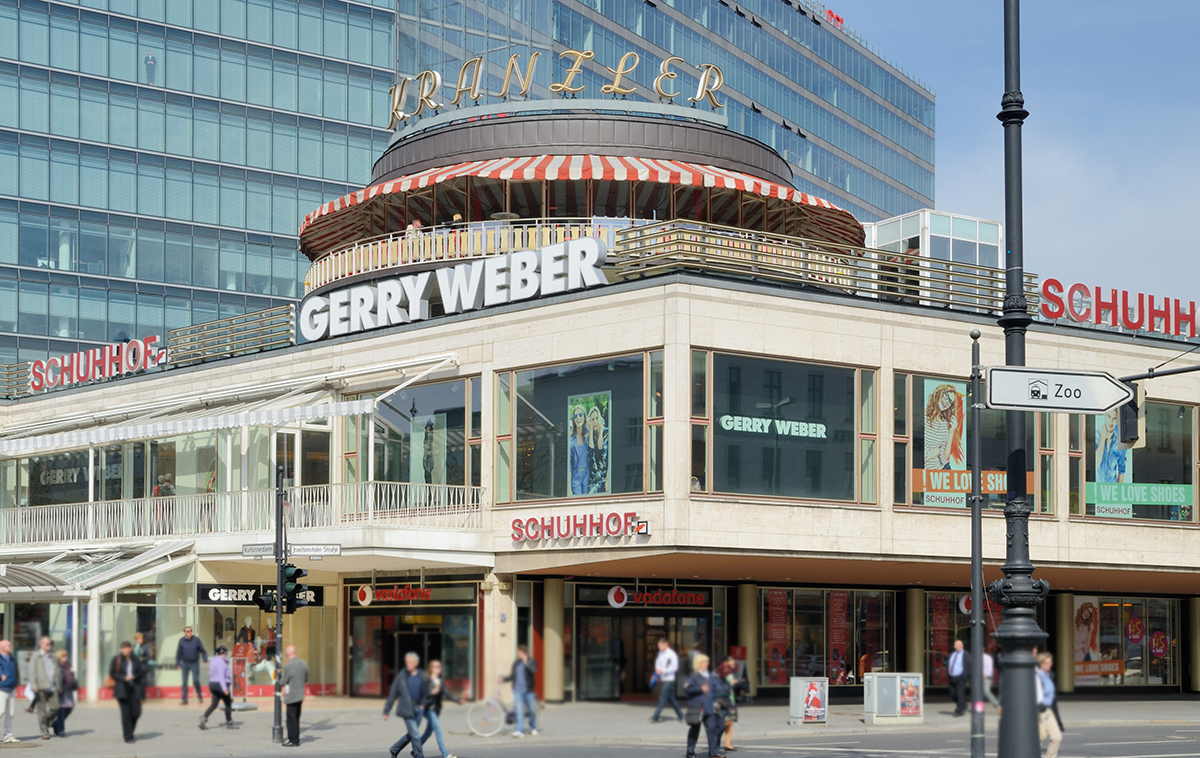
-
Ku Damm (Kurfürstendamm)
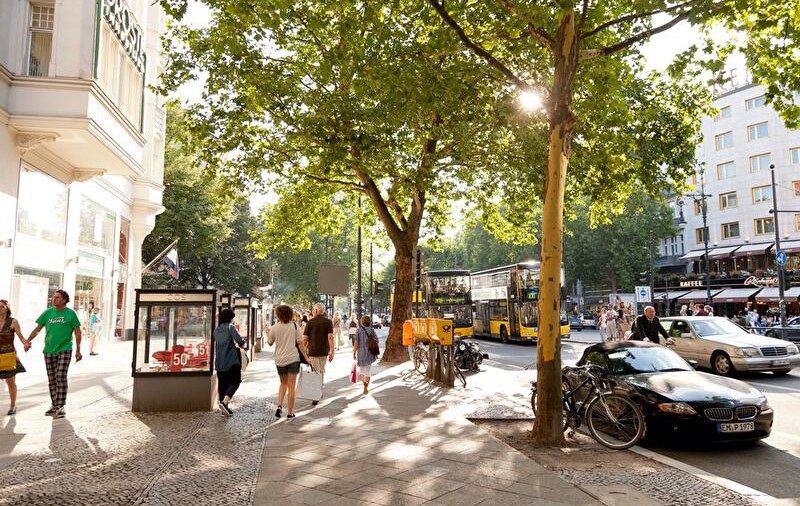
-
Kulturforum Tiergarten
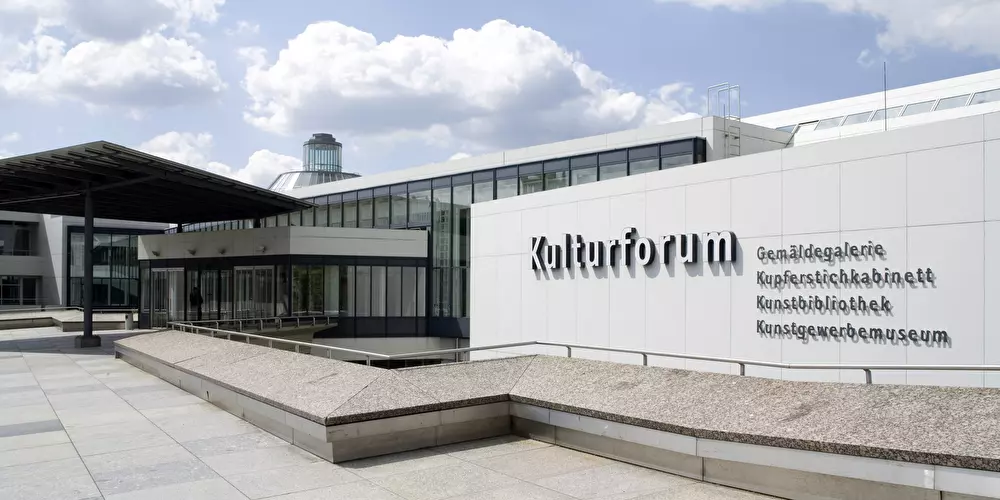
-
Kurfürstendamm 236 (Marmorhaus)
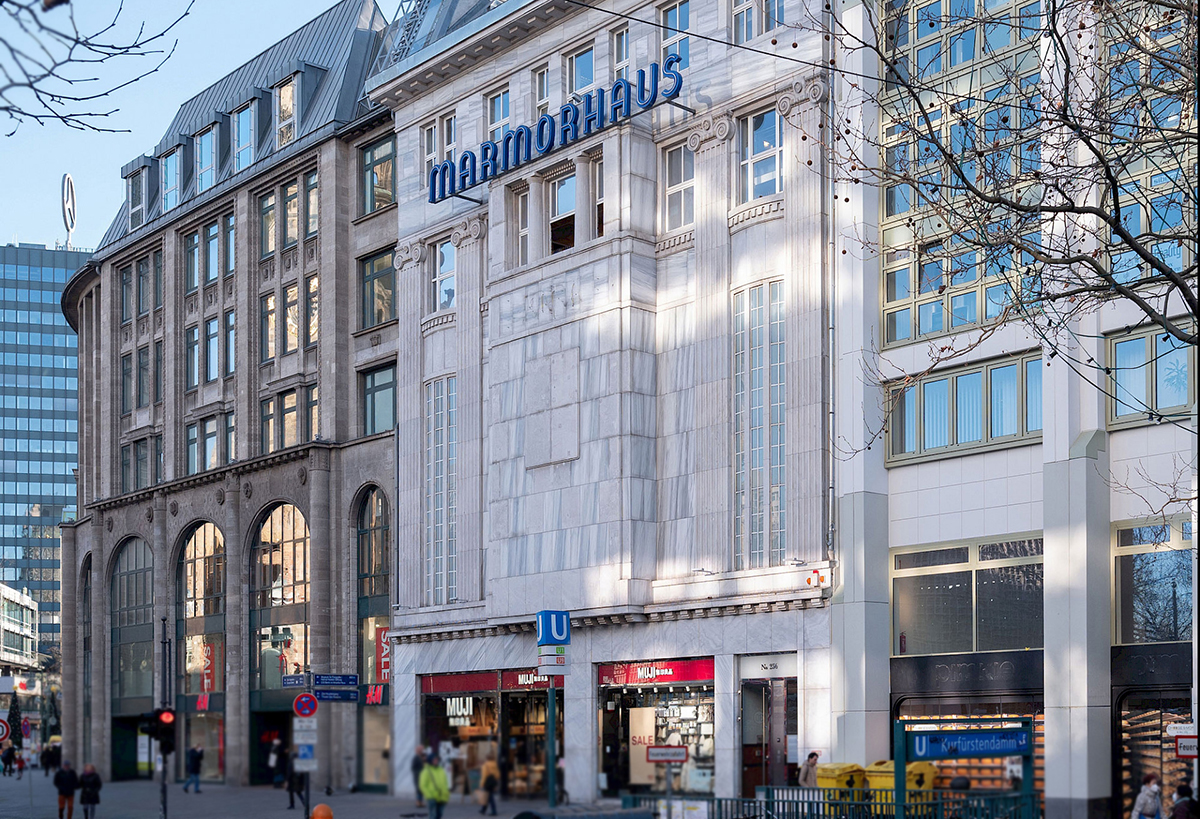
-
Lustgarten
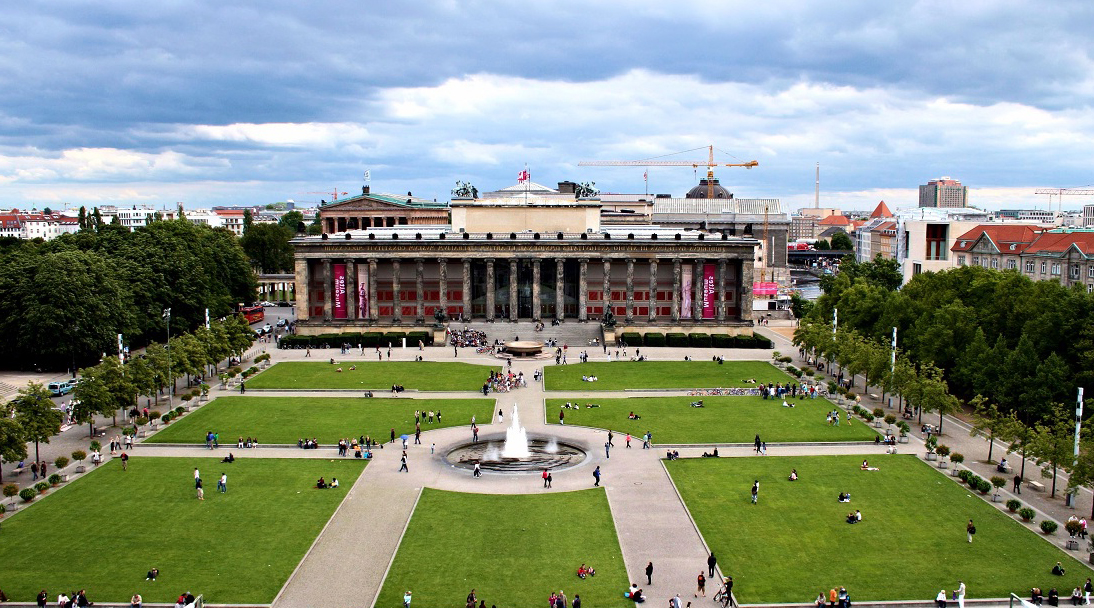
-
Lützowplatz
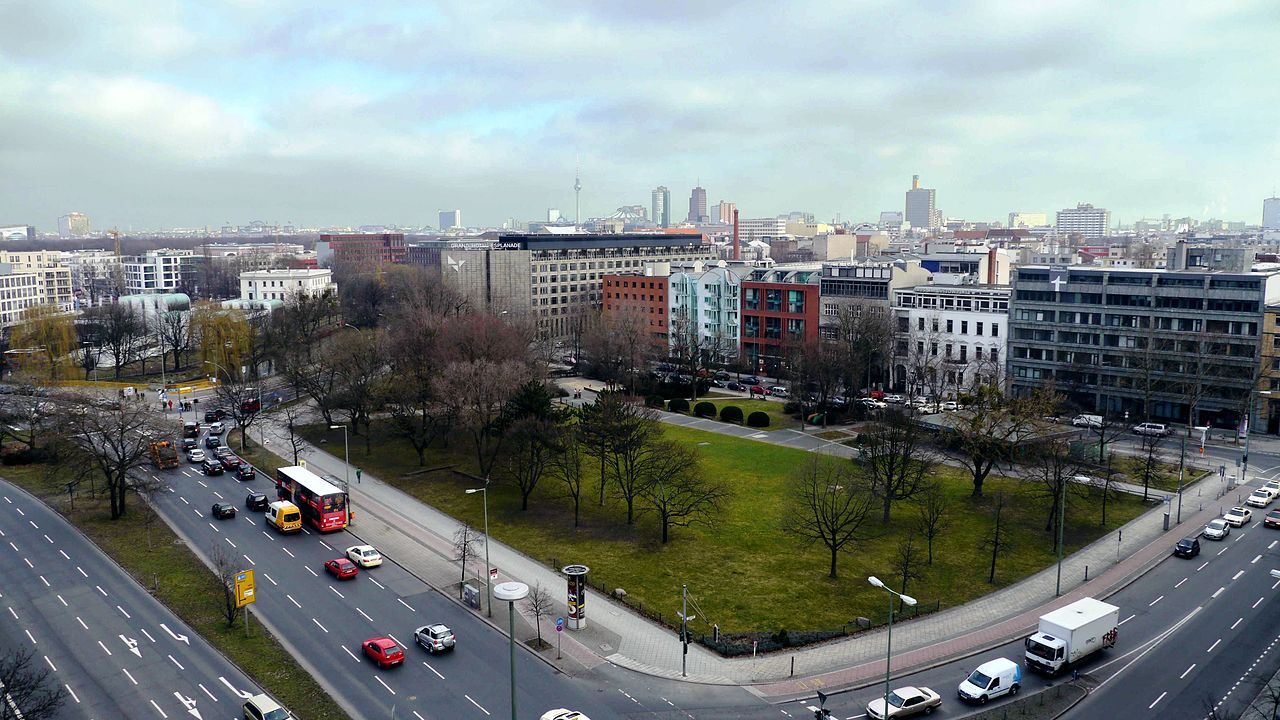
-
Museum Island / Museumsinsel
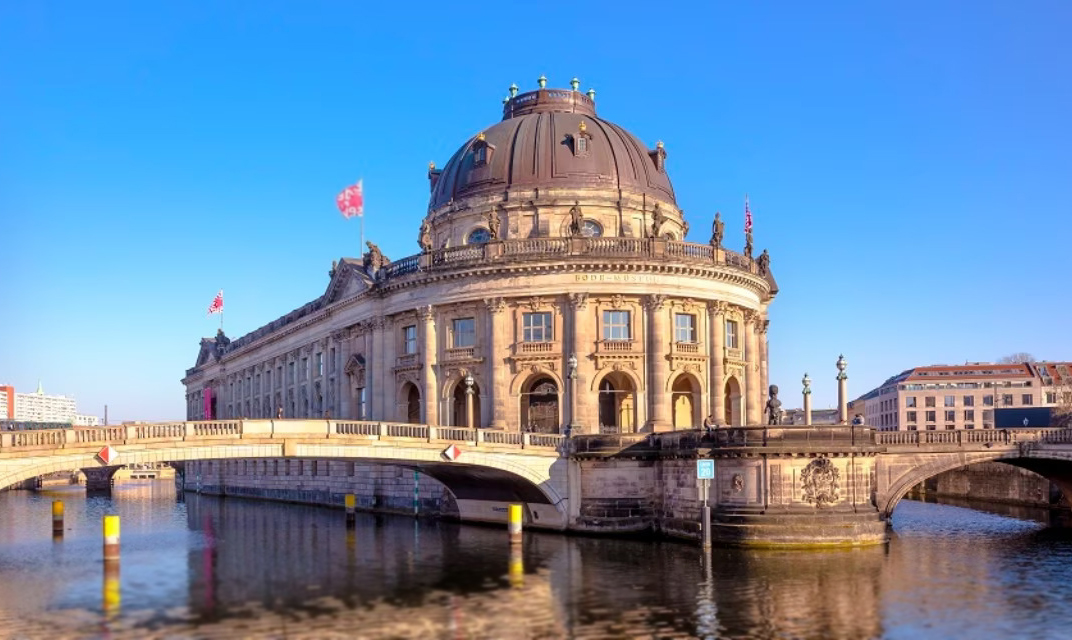
-
Neptunbrunnen / Rotes Rathaus
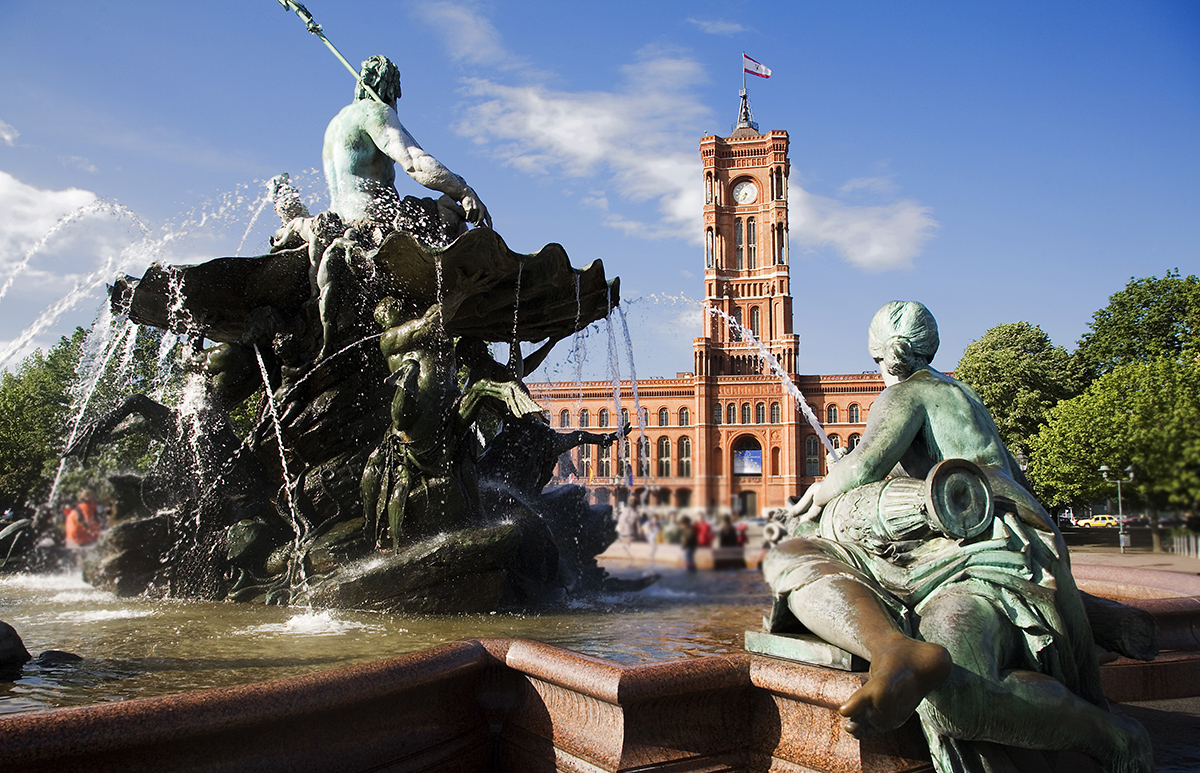
-
Ostbahnhof
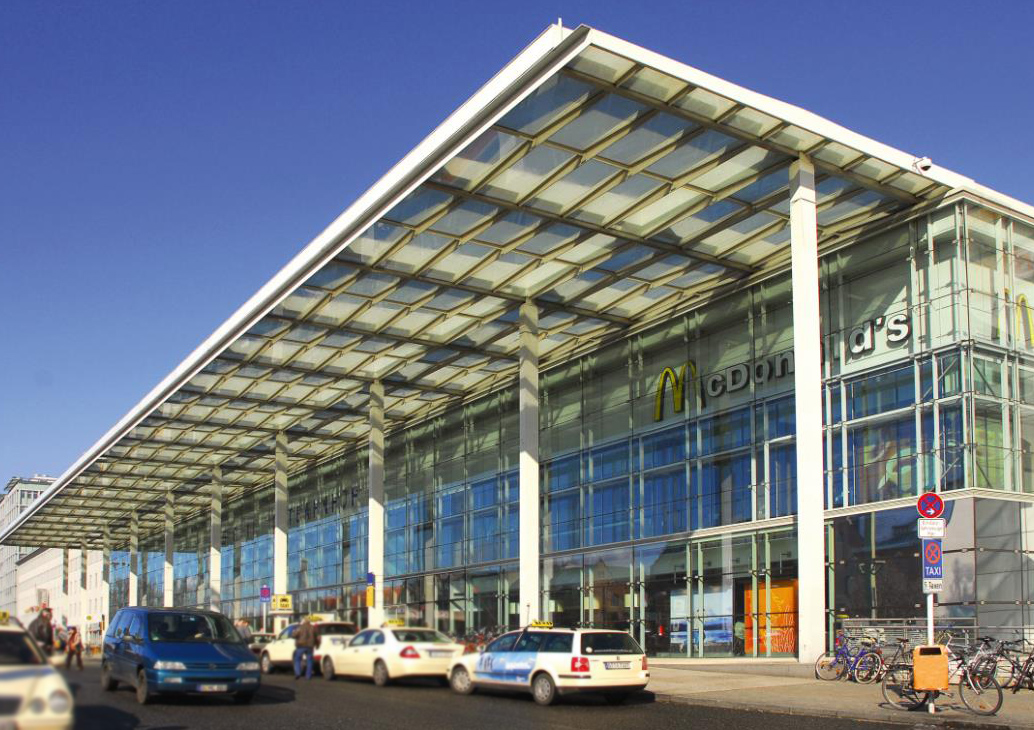
-
Reichstag
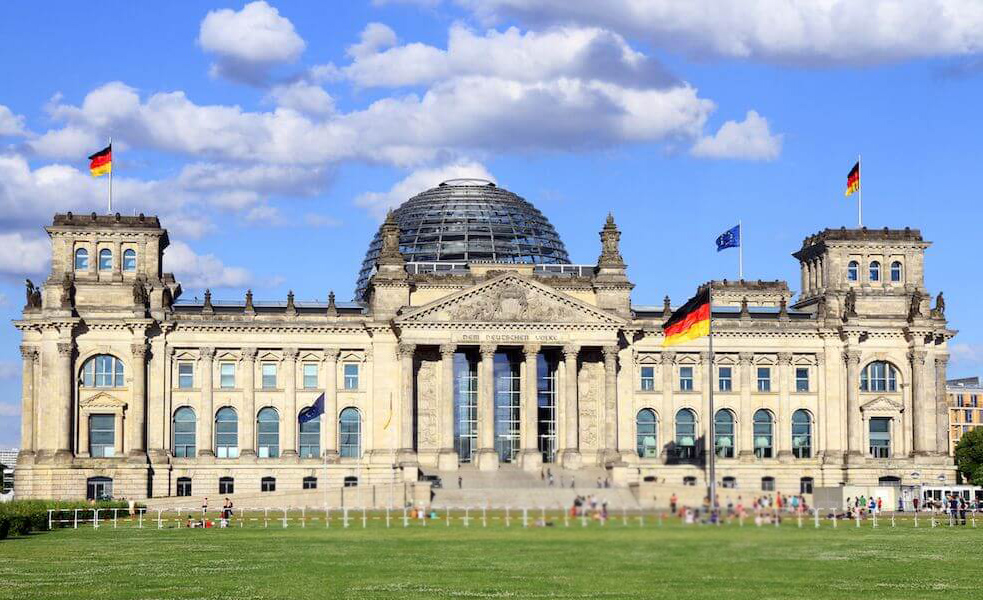
-
Rotes Rathaus

-
Schloss Bellevue

-
Siegessäule
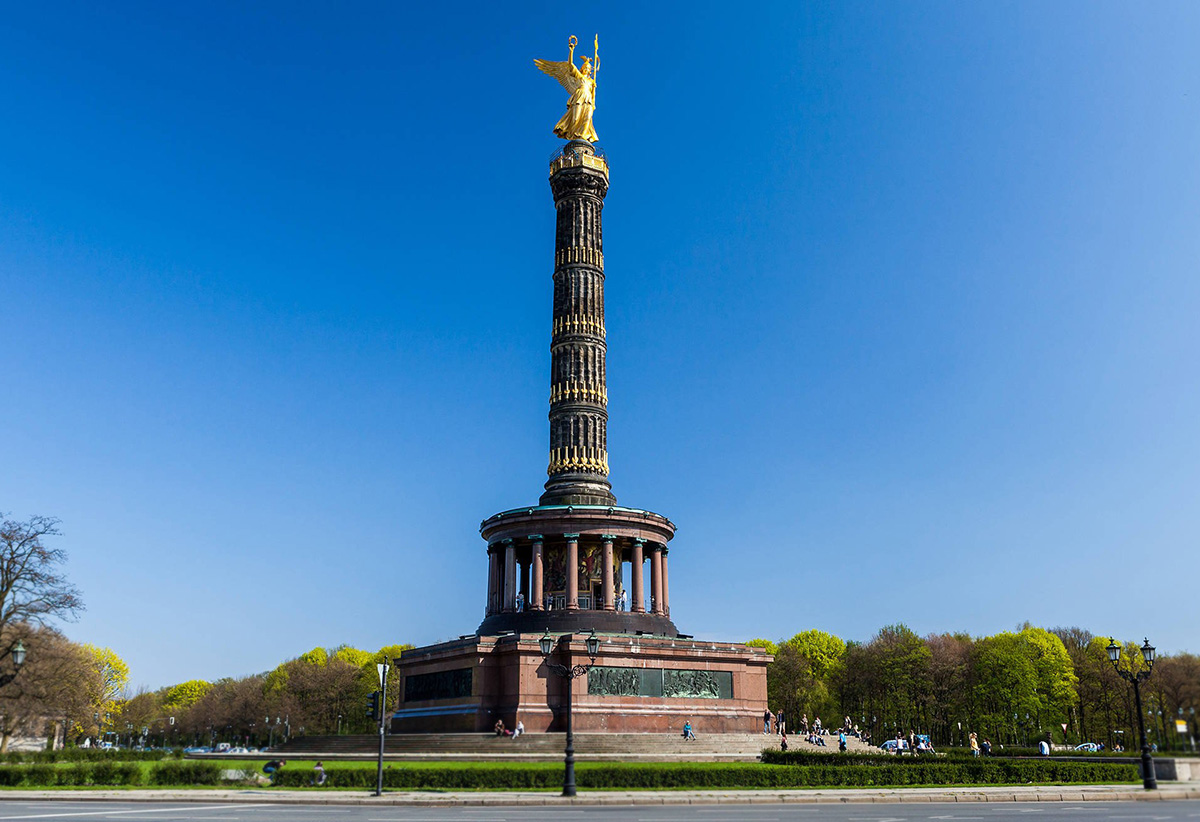
-
Tauentzienstrasse
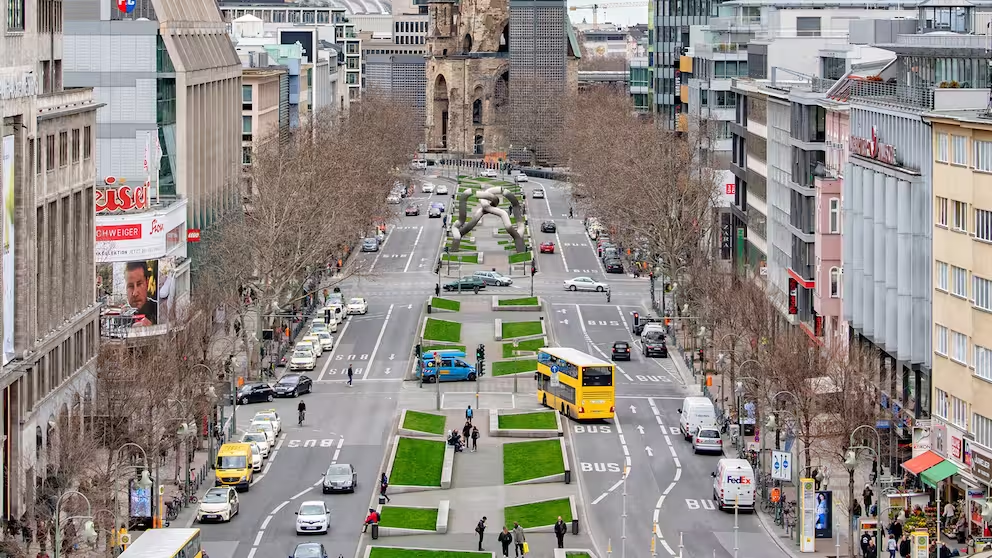
-
Unter den Linden / Friedrichstraße
